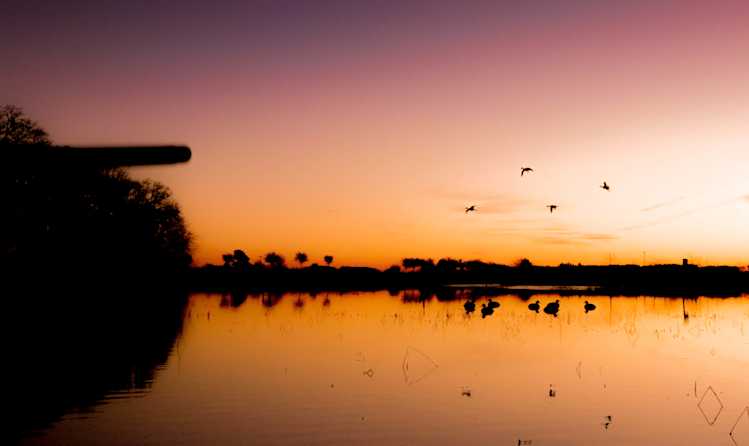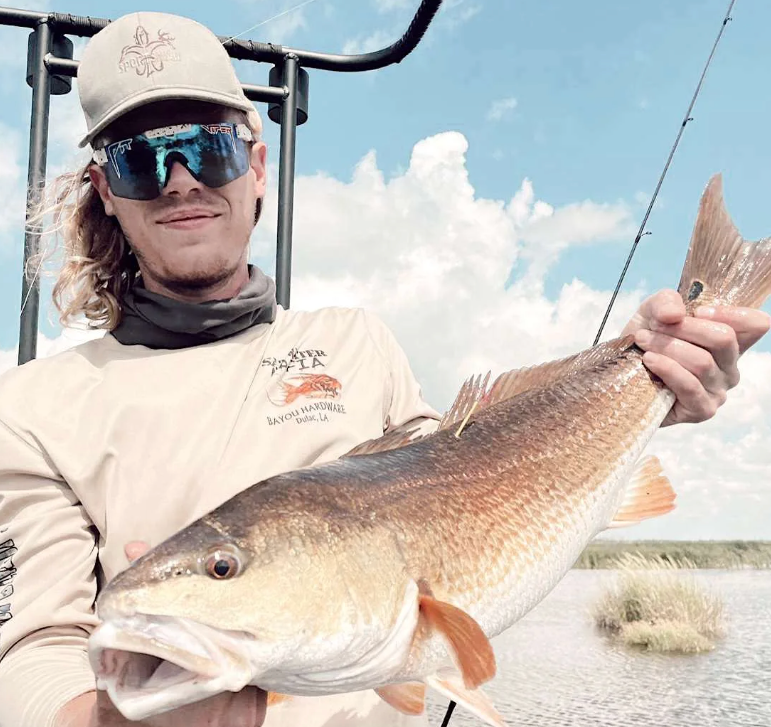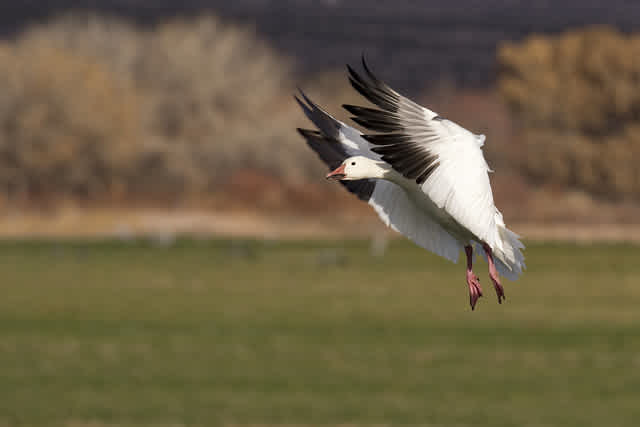The Art of Deception: The #1 Baits for Fly Fishing and Their Success Stories
Anna Richardson

Fly fishing, an art as much as it is a sport, invokes a unique charm amongst both novice and expert anglers. The profound connection established with nature's elements, and the subtle yet indispensable skills required for success distinguish fly fishing from other angling methods. One aspect that encapsulates the essence of this sport is the selection of baits. Understanding and deploying the right fly fishing baits is a key factor in determining the outcome of your fishing expedition.
Mallard Bay, as a leading facilitator for hunting and fishing trips, has witnessed many fishing tales and, in the process, learned about various baits that have proven successful time and again. This article will explore the top baits for fly fishing and dive into the reasons for their effectiveness.
The fly is the heart and soul of fly fishing. It's the artificial bait that imitates aquatic insects, larvae, or small fish, tricking the fish into biting. However, not all flies are created equal. Here are some of the top performers in the fly fishing world.
Woolly Bugger
The Woolly Bugger, undeniably one of the most versatile and universally effective flies, resembles a large variety of aquatic lifeforms, making it a favorite among anglers. It mimics leeches, larvae, and crayfish, enticing fish species from trout to bass. The marabou tail creates a lifelike motion in the water, and the chenille body can be adapted with various colors and materials, allowing customization for specific environments and species. The bead head version, in particular, has proven to be a boon in deeper waters due to its quick sinking ability, enabling anglers to reach those elusive, bottom-dwelling fish.
Adams Dry Fly
The Adams Dry Fly, designed by Leonard Halladay in the 1920s, is a timeless classic in the fly fishing world. Its generalist insect profile effectively mimics a multitude of mayflies, caddis, and midges. With its gray body and grizzly hackle, the Adams Dry Fly can deceive even the most discerning trout. Its continued success is attributed to its ability to float high and stay visible, making it a top choice for anglers looking to catch fish feeding on or near the water's surface.
Clouser Minnow
The Clouser Minnow, designed by Bob Clouser, is particularly known for its effectiveness in catching bass and other game fish species. This streamer fly's unique design, with lead dumbbell eyes and a two-tone color scheme, imitates a variety of baitfish. When cast, it dives nose-first and rises in a jigging motion when retrieved, mimicking the irresistible erratic behavior of wounded baitfish. It's the unpredictability and versatility of the Clouser Minnow that has made it a successful choice for catching both freshwater and saltwater species.
Elk Hair Caddis
The Elk Hair Caddis, invented by Al Troth in 1957, mimics the adult caddisfly, a staple in many freshwater fish diets. Its body is made from buoyant, natural elk hair, and its hackle keeps it riding high on the water, making it a superb dry fly for fast flowing waters. Its success lies in its ability to deceive fish by matching the silhouette and fluttering behavior of natural caddisflies.
Copper John
The Copper John, a nymph fly developed by John Barr, is renowned for its swift sinking ability due to its wire-wrapped body and bead head. This feature allows it to reach the depths where fish often feed, making it irresistible to trout, bass, and other species. The metallic body mimics the shiny exoskeletons of aquatic nymphs, enhancing its appeal to fish. With a variety of colors available, it can imitate different nymph species and adapt to varying water conditions. Its ability to attract fish consistently underlines the Copper John's success, making it an essential part of every fly fisher's toolkit.
As we traverse the world of fly fishing, we realize that the success of an angling endeavor doesn't merely lie in casting the line, but in the subtle artistry and understanding of the fish and their environment. The baits we've discussed—Woolly Bugger, Adams Dry Fly, Clouser Minnow, Elk Hair Caddis, and Copper John—represent not just artificial lures but emulate the complex relationships within aquatic ecosystems. Each bait is a story of the intricate dance of predator and prey, designed to deceive through remarkable imitation. As we refine our choices and strategies in fly fishing, we truly become part of this fascinating natural world. And in this immersion, lies the soulful satisfaction of fly fishing—a thrill that goes far beyond the catch itself.
More

Layering for Comfort: What to Wear While Hunting Waterfowl in Fall

The Art of Calling: Tips and Techniques for Successful Waterfowl Calls

Client Experience in the Field: Best Practices for Waterfowl Outfitters

Decoy Strategies for Fall Waterfowl Hunting: What Works Best for Each Species

The Ultimate Guide to Fall Waterfowl Hunting: Key Tips, Techniques, and Best Practices

Top 10 States for Amazing Waterfowl Hunting in November: Find Your Perfect Spot

Peak Season Success: Essential Strategies for Waterfowl Outfitters to Maximize Business

The Art and Science of Duck Banding: A Conservation Odyssey with Mallard Bay

How To Book a Hunting Trip

Axis Jerky Tacos

Experience Thermal Hog Hunting with Dirty Texas Outfitters

6 Tips on Planning a Guided Hunting Trip

Bourbon Spatchcock Turkey

Turkey Calling Tips

Louisiana Sportfishing - An Angler’s Paradise 2023

Waterfowl Hunting in Canada: What American Hunters Need to Know
Where to find Guided Sandhill Crane Hunts

Revolutionize Your Outdoor Business with Mallard Bay's GuideTech Software

Lodge Management - Enhance the Experience

Snow Goose Pastrami Recipe

Snow Goose Chili

Snow Goose Gumbo Recipe - A Cajun Tradition

Sight Fishing Louisiana

How to find the right Texas Guided Fishing Charters

Steak House Snow Goose Recipe
